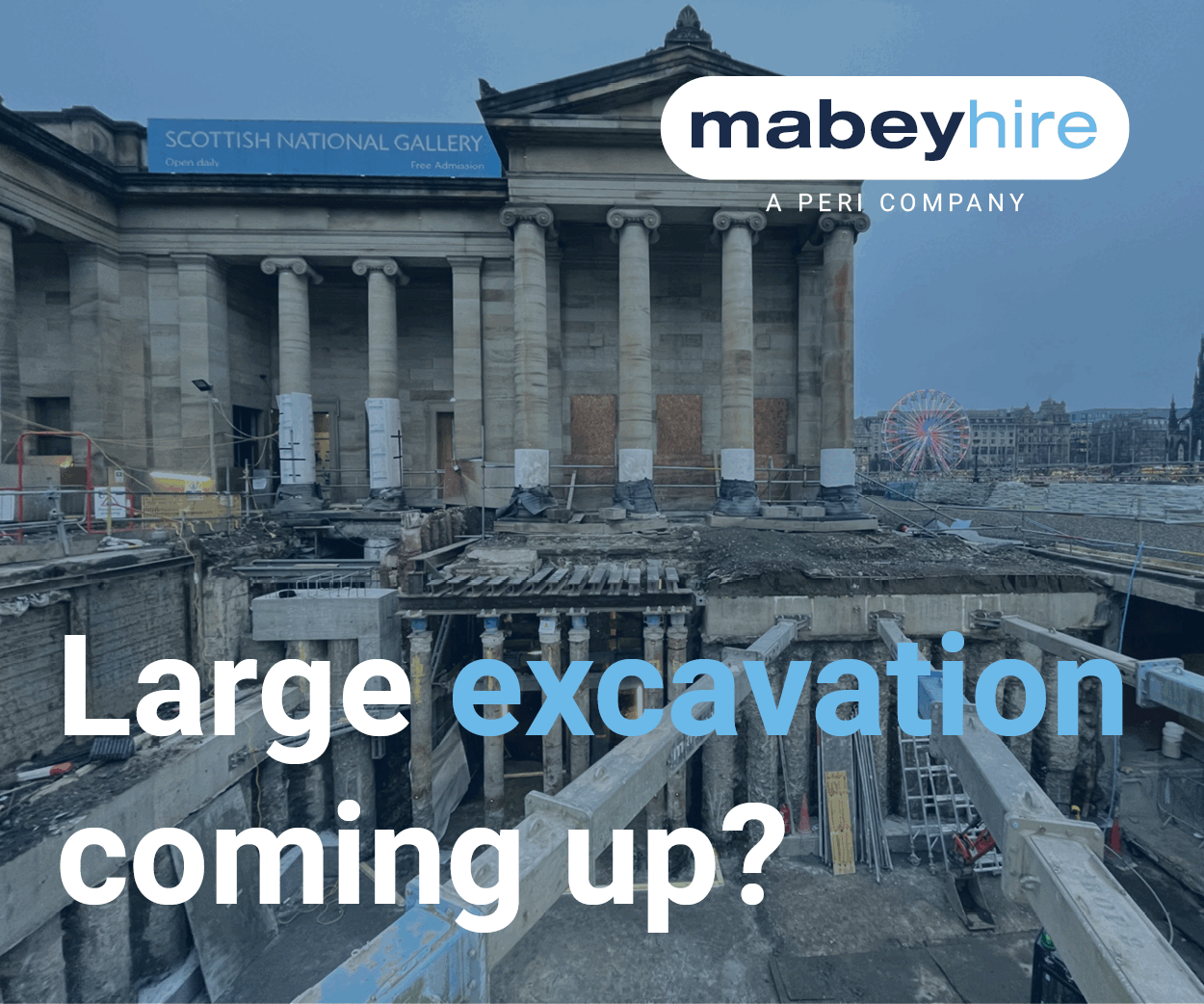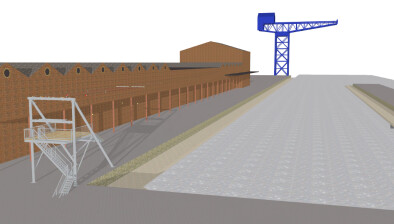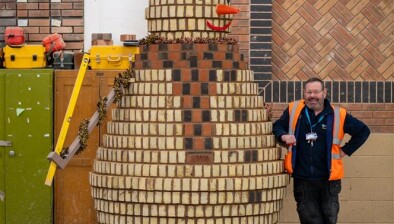And finally… blind luck

A long-standing historical mystery has been solved after the Pool of Siloam – the site where, according to the New Testament, Jesus healed a man blind from birth – was rediscovered by construction workers.
For centuries, scholars believed the sacred pool was located beneath a Byzantine church constructed in the 5th century AD by Empress Eudocia in the City of David, just south of Jerusalem’s Old City. This location was revered as the site where Jesus performed one of his most well-known miracles.
That assumption was upended two decades ago when workers repairing a damaged water pipe near the Temple Mount unexpectedly unearthed ancient stone steps. The discovery, now widely accepted as the true Pool of Siloam, has dramatically reshaped historical understanding of the area.
The Gospel of John recounts how Jesus made mud with his saliva, applied it to a blind man’s eyes, and instructed him to wash in the Pool of Siloam, after which the man miraculously gained his sight. This event is one of several healing miracles Jesus is said to have performed, including those in Jericho and Bethsaida.
Archaeologists Eli Shukron and Ronny Reich identified the unearthed steps as part of a monumental Second Temple-period pool, located in an area historically known as the King’s Garden, The Mirror US reports. Measuring roughly 225 feet in length and featuring slightly skewed corners, the pool forms a trapezoidal shape and reflects sophisticated ancient engineering.
Scholars believe the pool may have served multiple functions during Jesus’s time. Its waters came from the Gihon Spring in the Kidron Valley, indicating it could have been used for ritual purification. Others suggest it may have functioned as a communal water source or even as a Roman-style public swimming pool.
Regardless of its precise historical use, the site holds deep religious significance today and represents a major breakthrough in Biblical archaeology.
Interestingly, the Pool of Siloam’s history stretches back much further than the time of Jesus. It is mentioned in the Hebrew Bible in connection with King Hezekiah of Judah, who reportedly built a tunnel and a series of pools to secure Jerusalem’s water supply ahead of an Assyrian siege in the 8th century BC.
What began as routine maintenance work has thus brought new clarity to a sacred location and rekindled interest in one of Christianity’s most iconic miracles.















